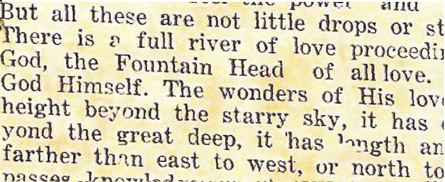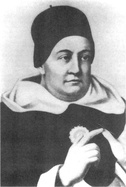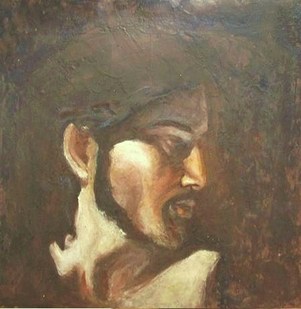I had trouble telling Jordan Ashley's complete story when I first posted this, but I am moved to add that after he wrote this letter, Elder Ashley lost three sons in the Civil War. He was said to have died of a broken heart before the war was over.
But what he said in his letter is true. I have seen that same river, and I can see it still.
I imagine Elder Ashley drinking freely from those waters with his sons, and God healing the old man's broken heart. God has this river that can heal us all. . .
And maybe it's no coincidence that there is a stream of that river that keeps flowing in Letcher County where this letter was first circulated so long ago. Maybe that's how God planned to raise churches and ministries in those mountains that are steeped and flowing with the Love of God.
And maybe it's an example of how art--a piece of art, like this letter, can leave a legacy after we're gone from this world.








 RSS Feed
RSS Feed
